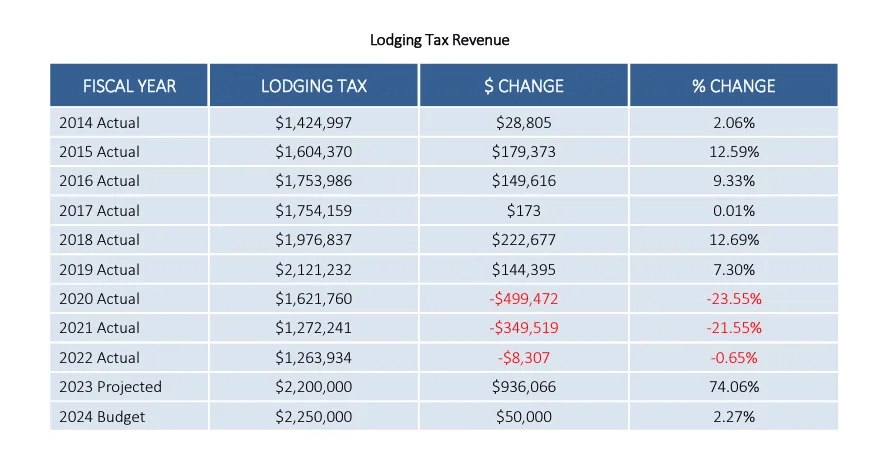How the Pac-12 bust-up will affect the city of Corvallis
Updated 10/15/2023 6:00 PM
The following is a column from an electronic newsletter called “Extra Points,” penned by Chicago writer Matt Brown. It publishes four days a week and reached nearly 17,000 readers, including many college athletic directors, conference commissioners, industry leaders and college students studying sports management.
“I’m not an Oregon State fan,” Brown writes. “I’ve never been to Oregon. But I do write extensively about conference realignment, media-rights deals, finances, etc. It’s important for all of my readers to understand how these kind of decisions impact so many more people than just ADs and coaches. That’s why I reached out to leaders in Pullman and Corvallis, wrote the newsletter and hope to continue to follow the story.”
It’s halfway through the season, and normally Oregon State would be feeling pretty good. The Beavers, who just went on the road and beat Cal, are 5-1, with plenty of winnable games ahead of them. Ten wins are not out of the question this season, and if the Beavers can get there they’ll have won double-digit games in two of the last three years — something Oregon State has never done.
It should be good new for the city of Corvallis, too. A big season for the Beavers is huge news for a town of around 60,000. The city already played host to an (at the time) top-10 Utah squad, with home games still to come against UCLA, Stanford and Washington. There should be plenty of booked hotels, crowded bars and full restaurants this fall.
But of course, this isn’t a normal season. The venerable Pac-12 is now the Pac-2. Nobody knows who Oregon State is going to play next season, or where, but the school knows enough to project massive decreases in athletic department revenue going forward.
But what about the city? What does Oregon State’s athletic instability mean for everybody else?
According to city manager Mark Shepard, the overwhelming majority of people and businesses in Corvallis are connected to the university in some way.
“Oregon State ie easily the biggest employer in the city,” Shepard says. “We have a regional hospital system here, and Hewlett-Packard has a presence, but OSU is the big dog. They drive our economy, from housing, to consumer spending, to tourism.”
It is tourism, specifically, that the city is particularly concerned about.
Corvallis doesn’t have many options for funding city services. The majority of the budget comes from property taxes, but Oregon’s constitution, Shepard tells me, limits how the city could potentially grow property tax revenue. There isn’t enough corporate activity to raise meaningful revenue via business taxes, and Oregon doesn’t have a sales tax.
That leaves hospitality taxes. The city imposes a nine percent tax on hotels and other tourist lodging. The city keeps 70 percent of that revenue and uses the other 30 percent to fund “Visit Corvallis,” a non-profit designed to market Corvallis and Benton County as a whole.
Corvallis has about 950 hotel rooms, I’m told. On a busy football Saturday, not only are all of those rooms booked, there is plenty of spillover business for neighboring Albany and other towns nearby. Shepard and Christina Rehklau, the “Visit Corvallis” executive director, tell me that during the slower months of December and January, OSU basketball and gymnastics events make up a huge share of hotel traffic. And if OSU baseball host a Regional, the hotel demand outstrips that of even some football weekends.
But since Corvallis isn’t right off Interstate-5, Rehklau tells me that the city doesn’t get many just-passing-through hotel visitors. If you’re spending the night in Corvallis, you’re typically doing it on purpose. And the biggest reason to do it right now is typically because of Oregon State athletics.
According to the city budget, Corvallis expects to learn a little more than $2.2 million in lodging tax revenue in 2023, with similar numbers in FY24.
Via the Corvallis City Budget
Those projections, of course, were made before the Pac-12 fell apart. Rehklau tells me that historically, the biggest hotel weekends for Oregon State involve contests against teams like USC, UCLA, Cal, and Stanford (rather than Oregon) — teams that will no longer regularly be on Oregon State’s schedule.
Shepard tells me that he and his colleagues are working with officials at Oregon State to better calculate, specifically, what the total economic impact of realignment may be, but that they’re now expecting at least some sort of decline in lodging tax revenues.
What would that mean?
So first, some perspective. The 2023 Corvallis city budget is about $261 million. This budget is used to do things like pay for the city library system, parks department, fire, police and EMS services, and public works. A decline in revenue from a $2 million-and-change revenue source will not mean that Corvallis residents will suddenly be doomed to a city without firemen or libraries.
But that doesn’t mean it wouldn’t be significant since, as Shepard noted, the city doesn’t have many other tools to replace the lost revenue. “If there’s a significant revenue loss, we’d likely either need to cut back on services, or increase fees elsewhere to make up the difference,” he says.
But where those cuts could be particularly painful would be specifically for “Visit Corvallis,” since that group counts on the lodging tax for nearly all of its revenue. The fear would be that if hotel tax revenue significantly declined, the city would lose resources for the specific entity they’d need to rely on to bring more tourism back to the city.
For example, “Visit Corvallis” handles professional photography and marketing services for vendors involved in events like the Mid-Willamette Valley Food Trail. They’re involved in efforts to recruit new businesses to the city and create new events that are independent of OSU athletics.
“I would be concerned about a potential tourism death spiral,” Shepard tells me.
Is all lost? No. But it’s worth considering just how many other people may be impacted by conference realignment decisions
Oregon State athletics isn’t going away, and the university isn’t folding or moving out of state or anything. Even if the schedule looks dramatically different, in 2025, there will still be Beaver athletic contests, and people will still want to watch them.
But there may be other economic impacts for the city beyond a potential decline in hotel tax revenues and an increase in vacancies. If Oregon State athletics needs to cut jobs as a result of declining revenues, local consumer spending could be impacted. Restaurants and other non-hotel businesses that rely on seasonal crowds may be damaged. And there’s also the potential for a harder-to-quantify impact on community branding and psyche, since Oregon State represents such an outsized influence on community life.
These are not necessarily insurmountable problems. Perhaps the city, in conjunction with the state, the school or other stakeholders, decides to take this opportunity to reinvest in creating other events or institutions outside of OSU athletics that could attract more tourists and residents. Maybe fans of places like Boise State, Fresno State or whoever else appears on future OSU schedules, end up renting hotel rooms and drinking beers just as much as USC and UCLA fans did. Maybe, in the long run, this turns out OK for the town.
But in the short run, it’s hard to sugarcoat the reality. In the short term, it’s probably going to hurt — hurt the athletic department, hurt the careers of current athletes, potentially disrupt the professional lives of many current employees, and even hurt the community as a whole.
That’s always a shame. And it’s especially a shame now.
Since, lest we forget, this Oregon State football team still looks really, really good.
► ◄
You can reach Matt Brown via email.
Matt is on X (formerly Twitter).
Matt is on Instagram.
Matt is on Bluesky at @MattBrown.
► ◄
Readers: what are your thoughts? I would love to hear them in the comments below. On the comments entry screen, only your name is required, your email address and website are optional, and may be left blank.
Follow me on X (formerly Twitter).
Like me on Facebook.
Find me on Instagram.
Be sure to sign up for my emails.


